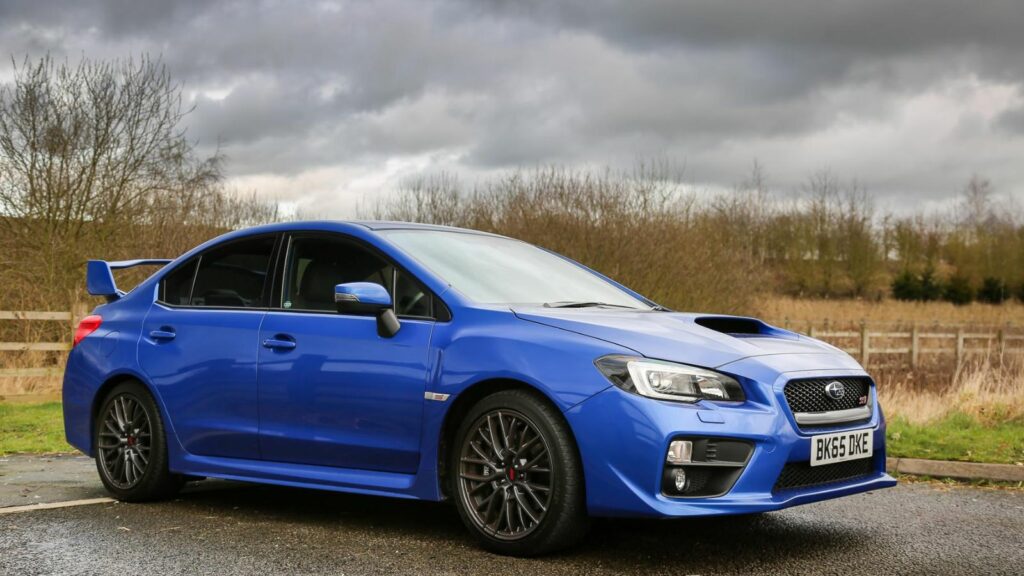When Canadians shop for a car, they usually focus on style, performance, fuel economy, or reliability. Insurance companies, on the other hand, look at the world through a very different lens. For them, certain cars raise red flags the moment they appear on a policy application. Vehicles that are fast, flashy, or technologically complex are often viewed as high risk. Others carry reputations for attracting theft or being linked to aggressive driving. Expanded here with more context, details, and explanation, are twelve cars that Canadian insurers dread covering. These vehicles are expensive to repair, costly to replace, and more likely to rack up claims, making them the ones insurance companies would rather avoid.
Dodge Challenger Hellcat
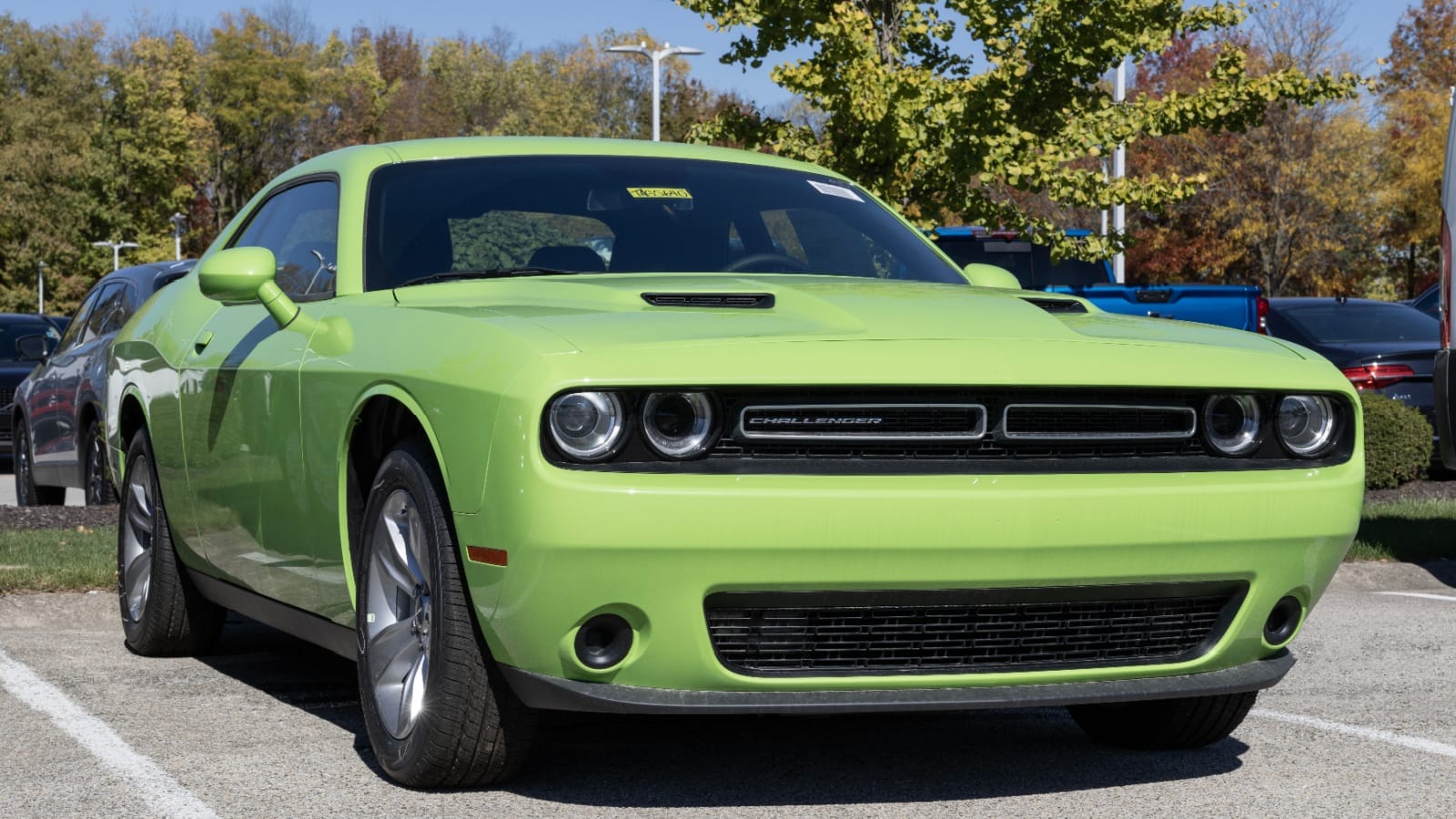
The Dodge Challenger Hellcat is a prime example of why insurers get nervous. With more than 700 horsepower from its supercharged V8, the Hellcat is designed for sheer speed and straight line performance. Unfortunately, insurance companies know that this kind of power tends to attract drivers who like to test limits, and the accident rate reflects that. Repairing or replacing a Hellcat is no small expense either, with performance parts and bodywork costing thousands of dollars. In the eyes of insurers, it is the definition of high risk.
Chevrolet Camaro SS

Another muscle car that triggers insurance headaches is the Chevrolet Camaro SS. This car is a symbol of American power, but it also carries a reputation for being driven hard. Younger drivers in particular gravitate toward the Camaro SS, which statistically increases the chance of claims. Add in the fact that body panels and mechanical components are expensive to fix or replace, and it is easy to see why insurance companies raise premiums significantly when this car shows up on an application.
Ford Mustang GT
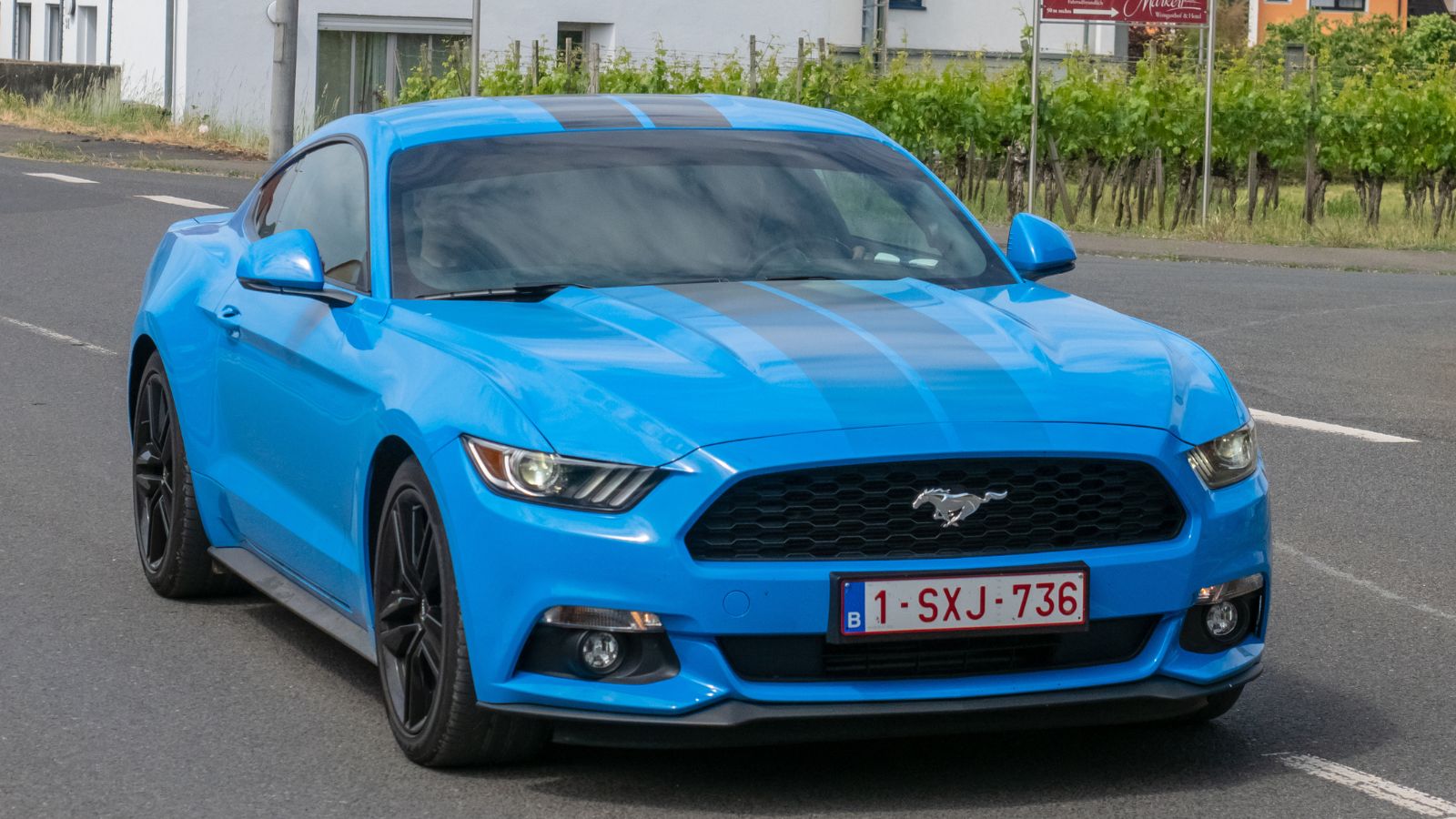
The Ford Mustang GT also joins this list, and for good reason. The Mustang is one of the most popular performance cars in Canada, but that popularity is a double edged sword. It has a long standing association with young drivers, burnout competitions, and over enthusiastic cornering that often leads to accidents. Insurers keep close track of vehicle claim histories, and the Mustang GT consistently sits higher than average. Even though it offers good value for the performance it delivers, insurance companies treat it like a rolling liability.
Subaru WRX STI
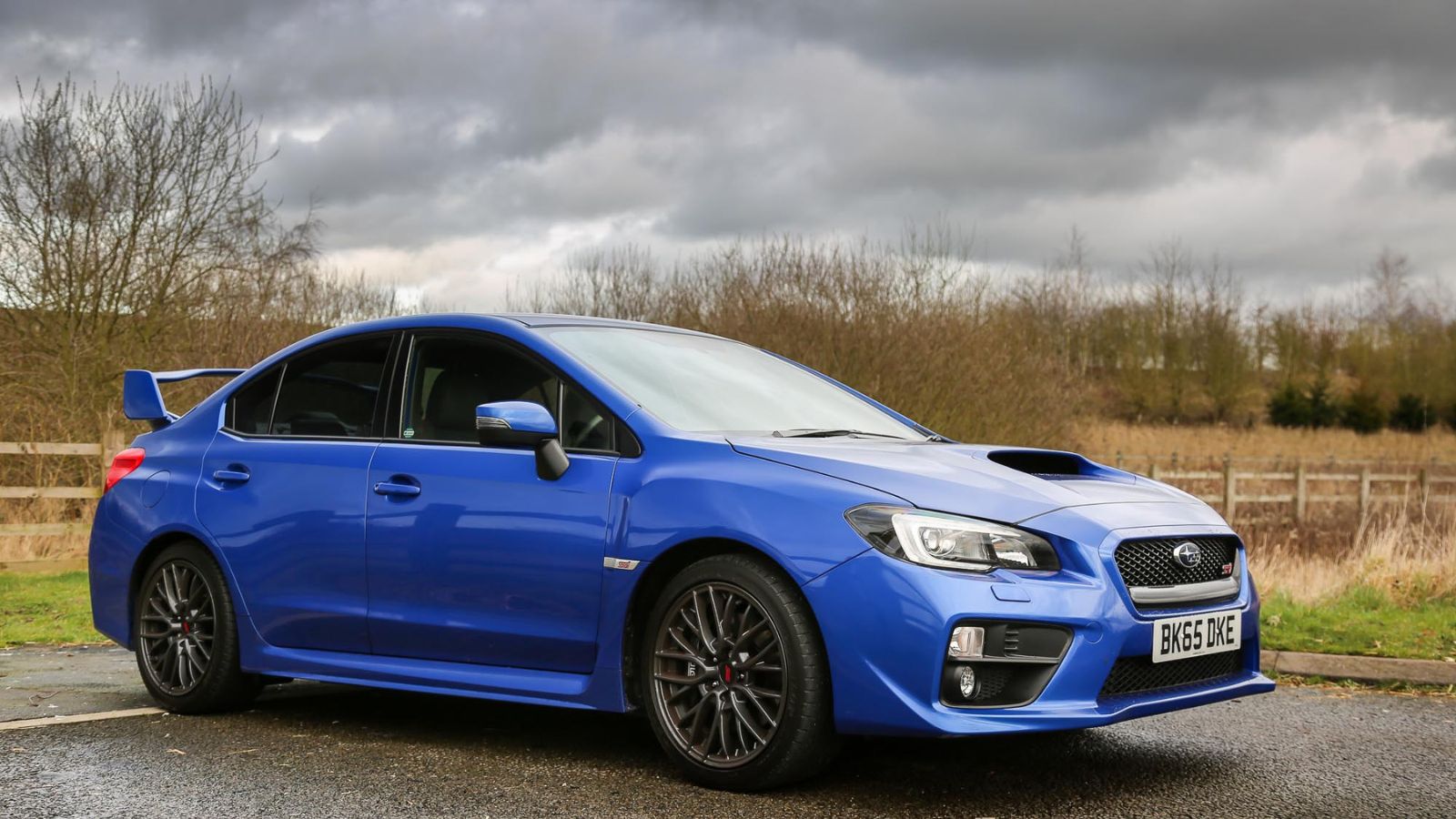
The Subaru WRX STI is a different story but equally frustrating for insurers. Built with rally car roots, the STI is an all wheel drive powerhouse with a turbocharged engine. It attracts enthusiasts who love to modify and push their cars to the limit, and that culture has a cost. Insurance providers see the STI as prone to accidents and expensive to repair, especially when aftermarket parts are involved. Even though many WRX owners are careful drivers, the car’s reputation for aggressive use means higher premiums across the board.
Nissan GT R
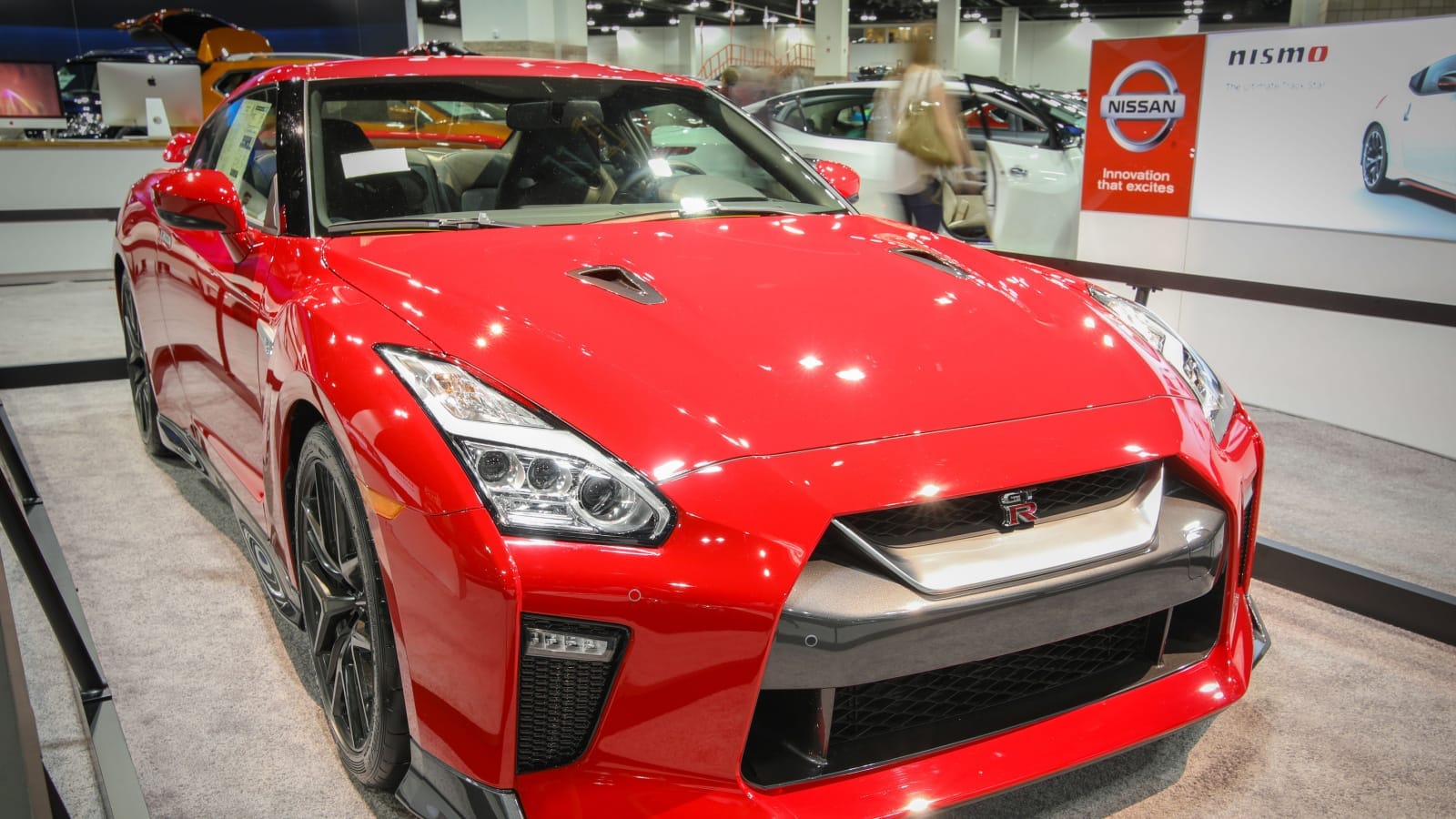
At the far end of the spectrum sits the Nissan GT R. Nicknamed Godzilla, this supercar brings exotic level performance at a relatively lower price compared to European rivals, but it still commands a six figure purchase price. Insurers know that its twin turbo engine, complex all wheel drive system, and specialized components make repairs outrageously expensive. A single accident can lead to repair bills in the tens of thousands. This, combined with the fact that the GT R is often driven hard, makes it one of the least desirable cars for an insurance company to cover.
BMW M3
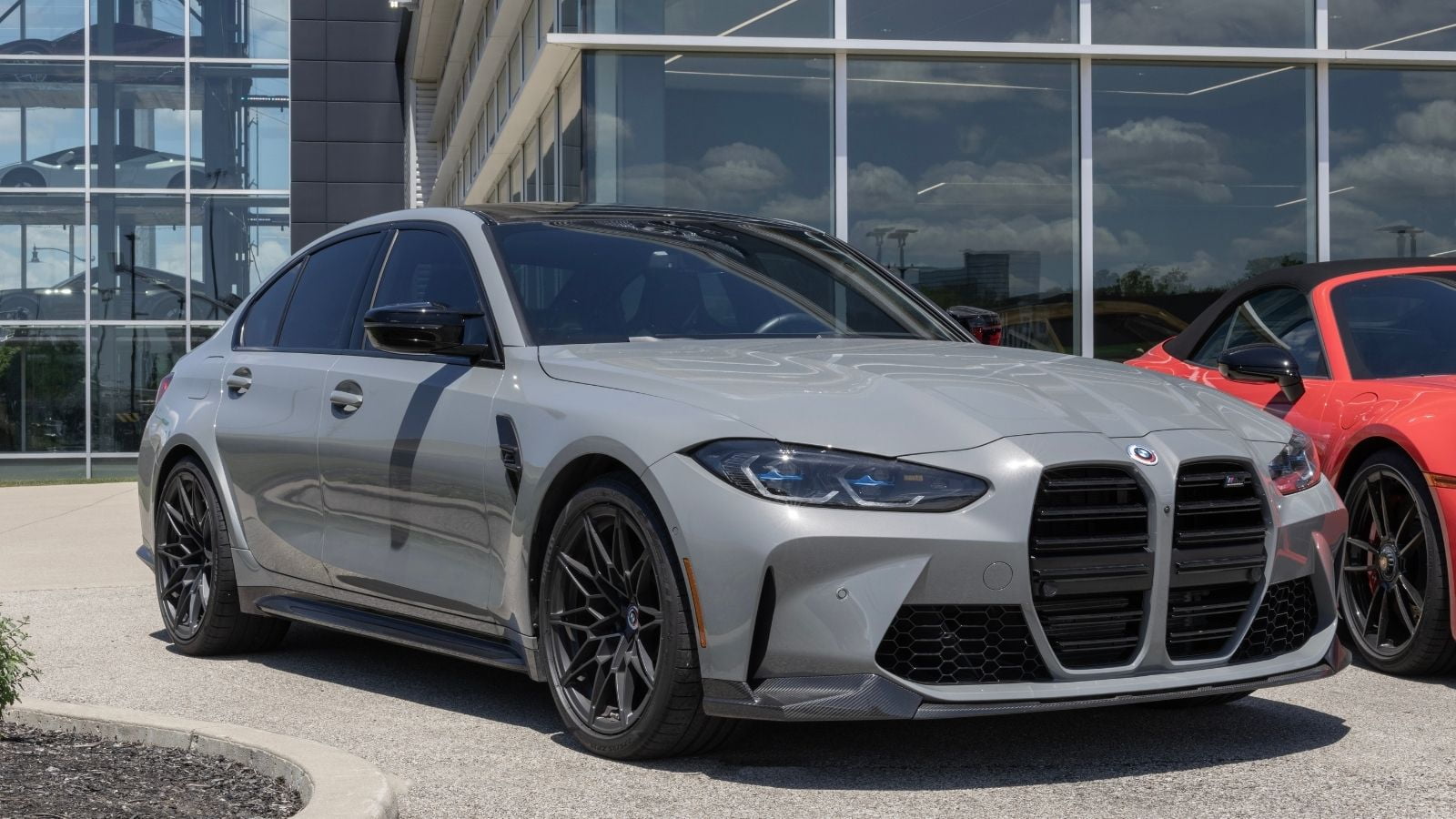
Luxury performance cars like the BMW M3 also raise eyebrows in Canadian insurance offices. The M3 is a driver’s dream, blending precision handling with powerful engines and a luxurious interior. But for insurers, it is a nightmare because every part is expensive, from the body panels to the electronics to the drivetrain. Theft rates for BMWs are also higher in urban areas, particularly Ontario, which further increases premiums. Even though many owners treat their M3s with care, the risk factors push it into the expensive category.
Audi RS7
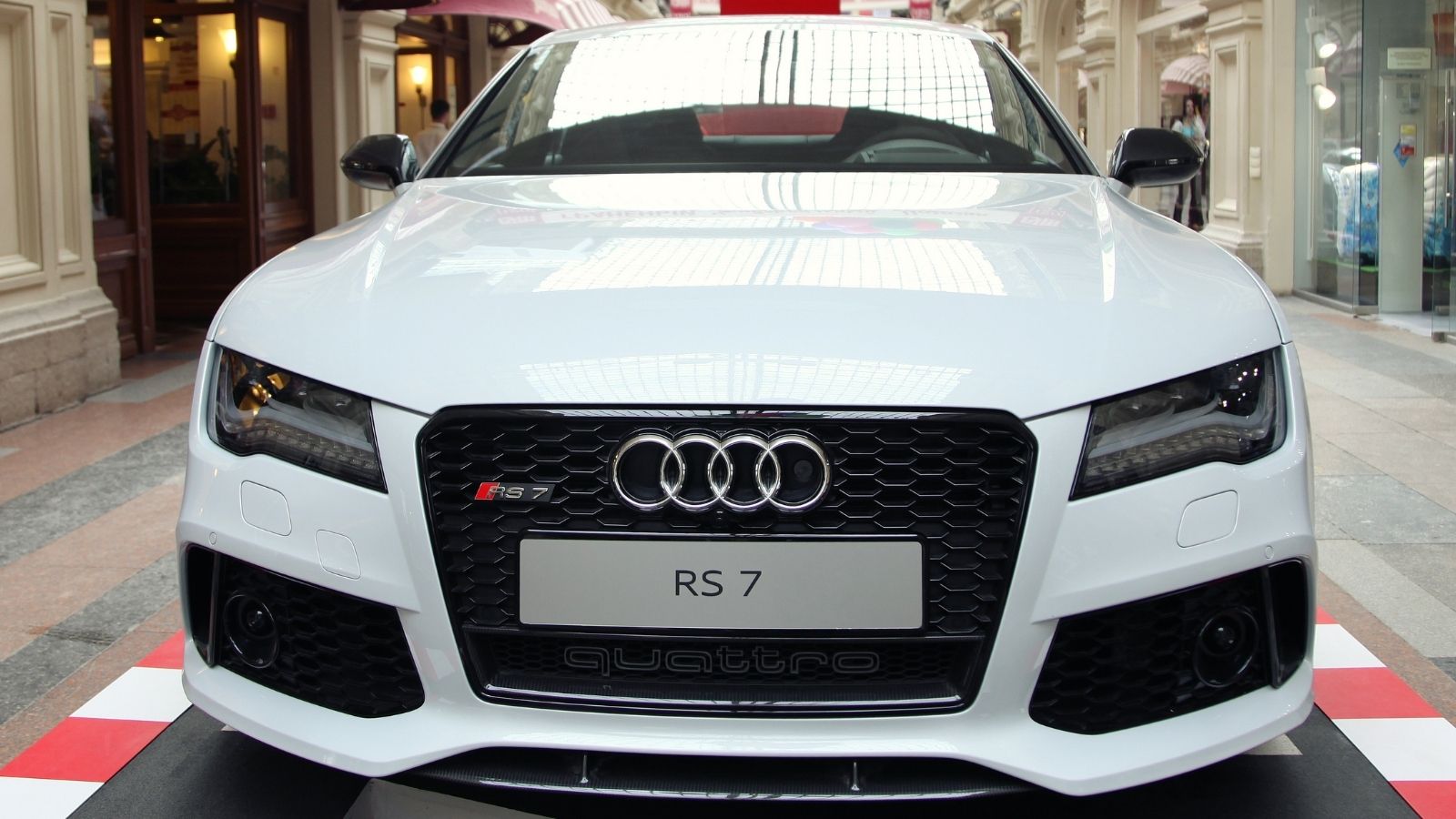
Audi’s RS7 is another vehicle that looks stylish to buyers but alarming to insurers. With its twin turbo V8 and refined luxury features, the RS7 can outpace many traditional sports cars while carrying four passengers in comfort. But if something goes wrong, whether a collision or even minor damage, the repair bills are astronomical. The advanced electronics, aluminum bodywork, and high performance parts mean claims cost insurers far more than on standard vehicles. For this reason, the RS7 is consistently among the most costly sedans to insure in Canada.
Mercedes AMG C63
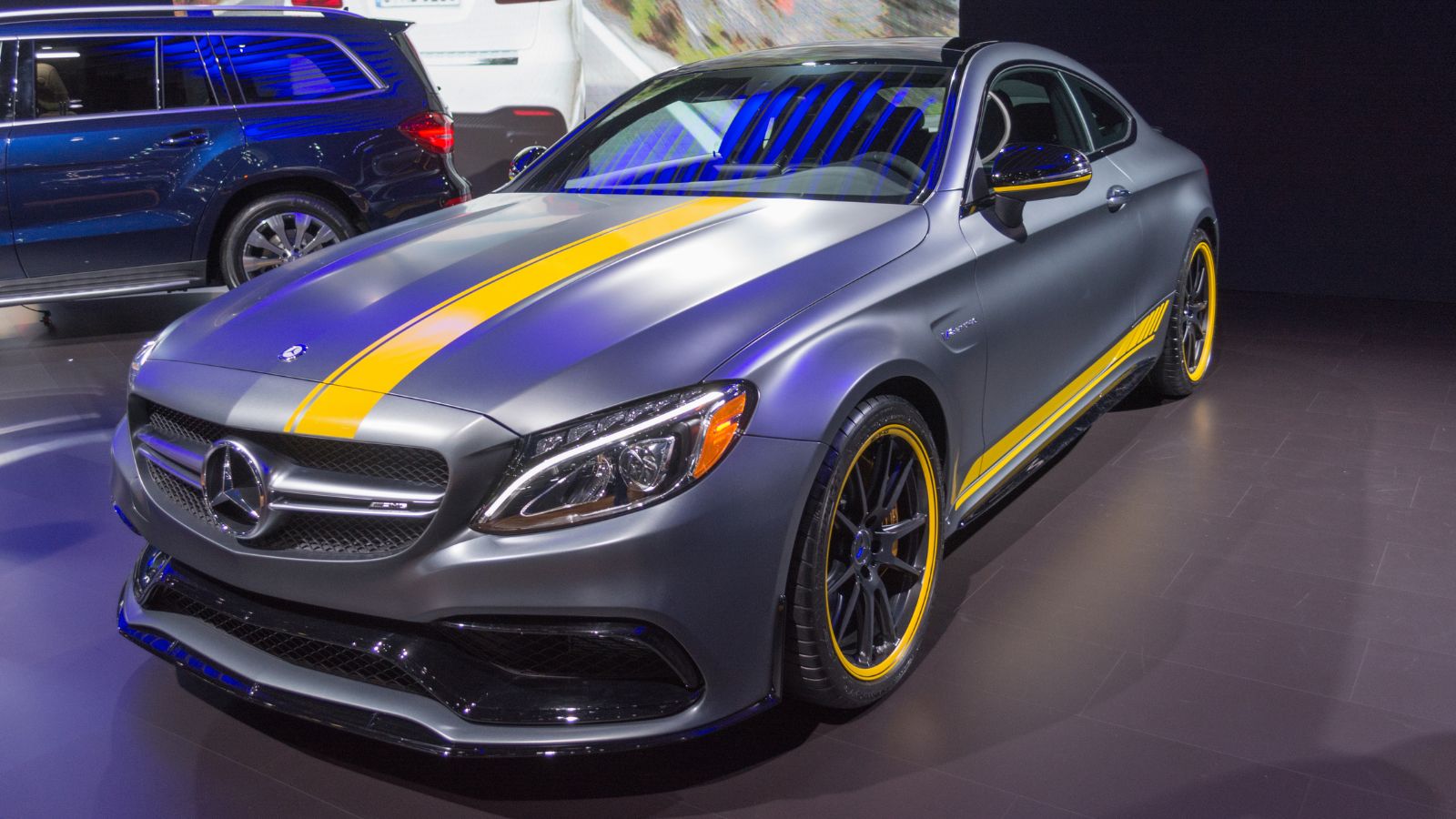
Mercedes AMG C63 drivers enjoy one of the most thrilling sedans on the road, but insurance providers see dollar signs. Like other German performance cars, the C63 is loaded with technology that is costly to replace, and its powerful engines encourage spirited driving. In theft prone areas, Mercedes models are often targeted, making matters worse. Even though it is technically a four door luxury sedan, insurers rank it as one of the riskiest cars to cover because of the repair costs, accident potential, and theft history.
Dodge Charger Scat Pack
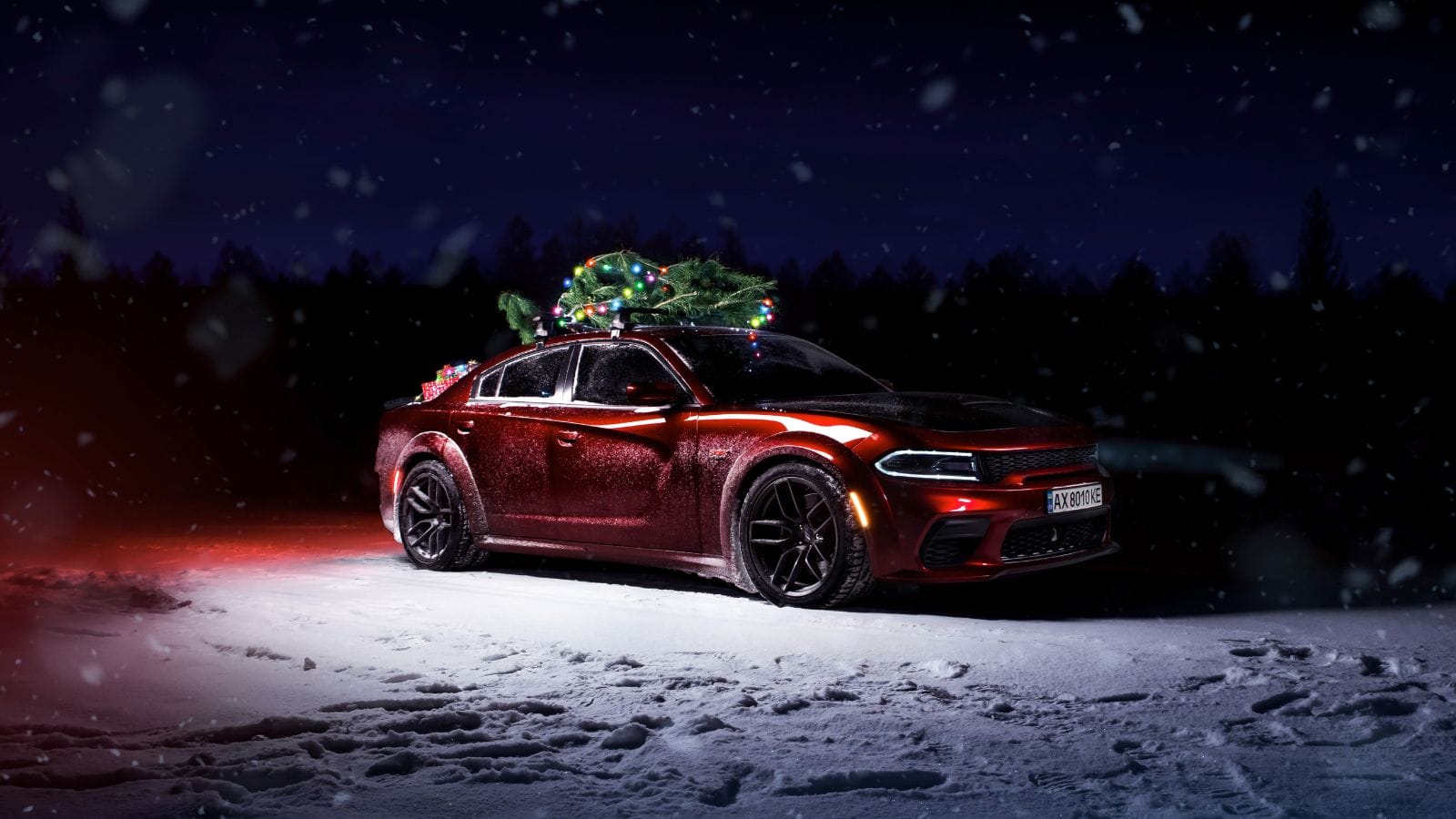
The Dodge Charger Scat Pack also earns a place on this list. With a powerful V8 engine and aggressive styling, it appeals to drivers who want speed without the supercar price tag. Unfortunately, insurers link it with high risk driving behavior and higher claim rates. Repair bills on Chargers can be steep, and with its popularity among younger drivers, the Scat Pack version is especially expensive to insure.
Lexus RC F
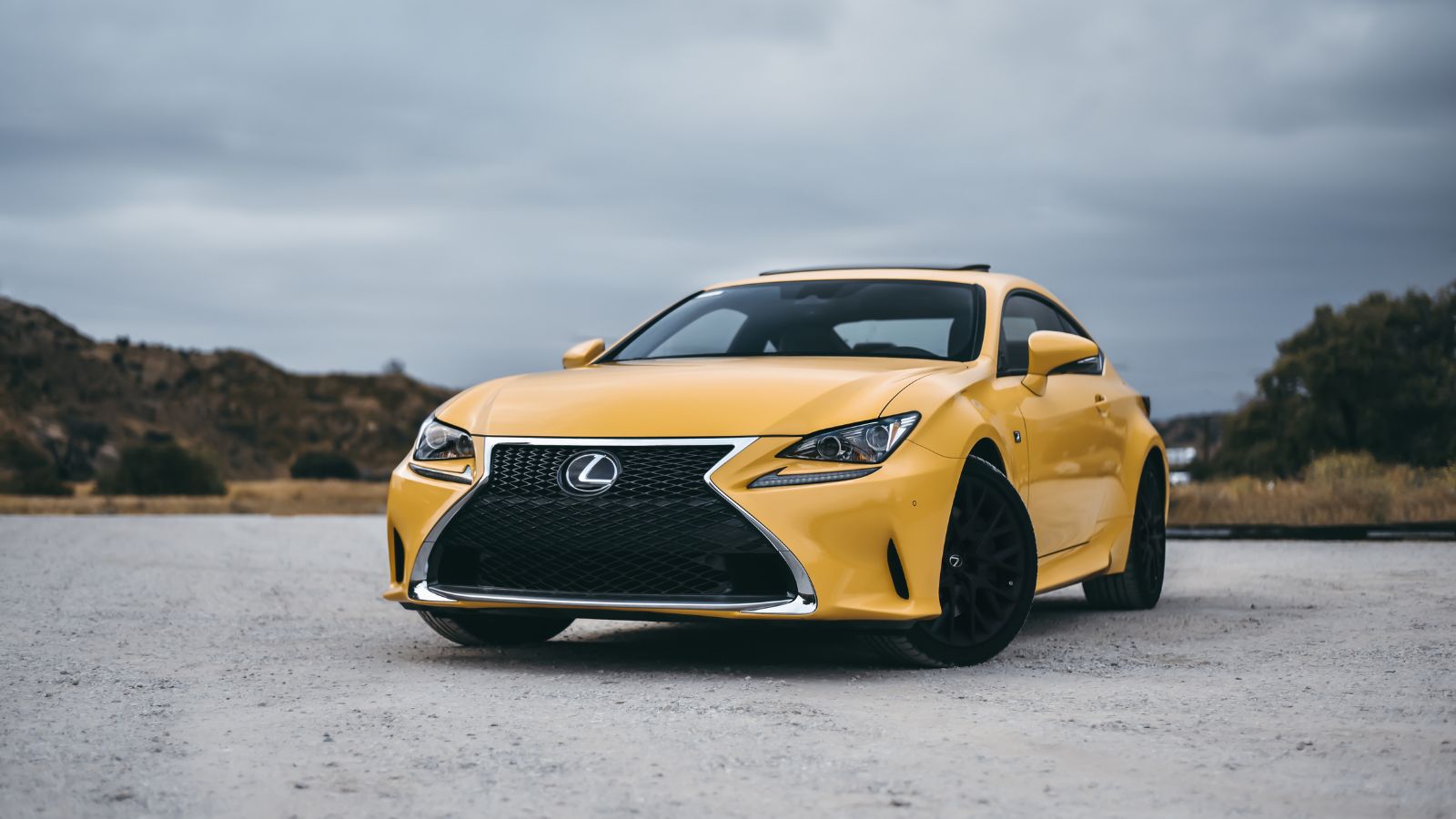
Even Lexus is not immune when it comes to high performance models. The Lexus RC F is a sleek sports coupe that stands out from the rest of the brand’s lineup. While Lexus has a reputation for reliability, the RC F is viewed differently. Its performance oriented design, high power output, and specialty parts drive up repair costs significantly. Because of its rarity, replacement parts can be harder to find, which also makes insurance companies raise premiums.
Tesla Model S
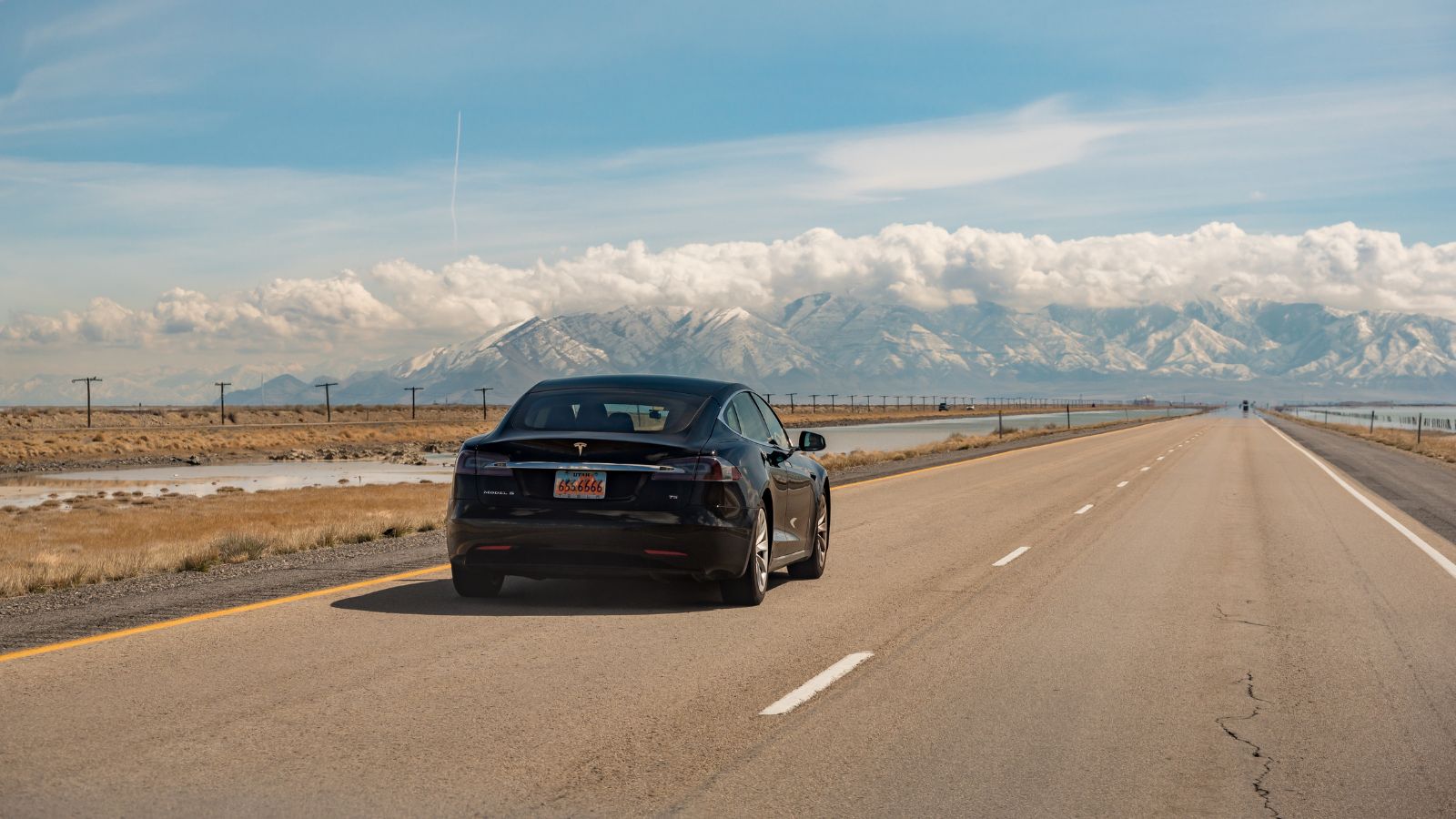
The Tesla Model S has proven that even electric vehicles can land on the dreaded insurance lists. While it is innovative and eco friendly, insurers view it as extremely costly to cover. The advanced battery systems, high tech interiors, and specialized repair requirements mean even minor accidents turn into massive claims. In addition, the Model S has extraordinary acceleration, which insurers link with higher accident potential. Canadian insurers have raised premiums sharply for Teslas, making them one of the priciest EVs to insure.
Chevrolet Corvette
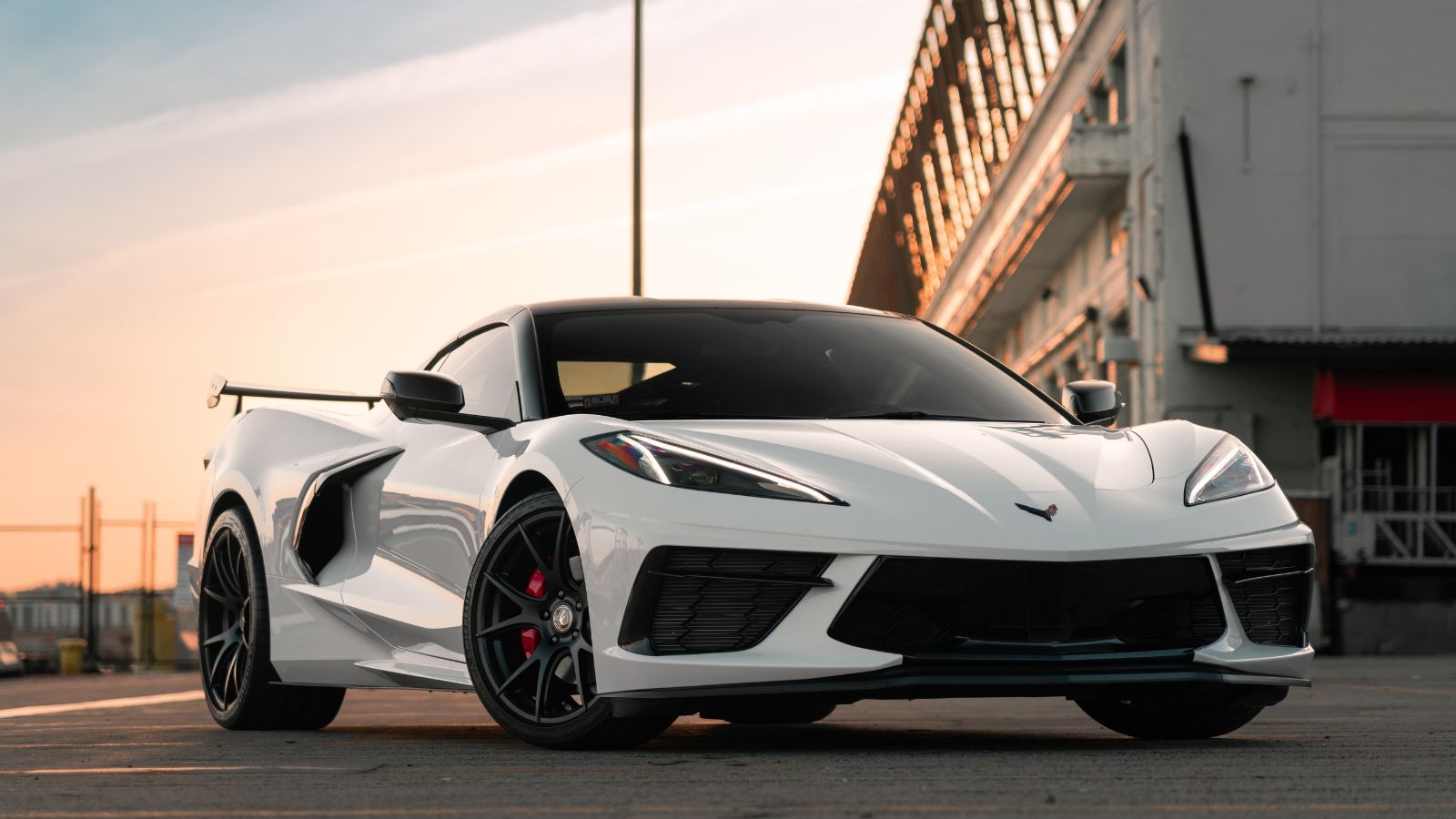
Finally, the Chevrolet Corvette rounds out the list. The Corvette has long been an icon of American performance, but with that comes all the risk factors insurers dislike. It is fast, expensive to fix, and frequently involved in aggressive driving claims. Replacement parts are not mass produced like economy cars, and labor costs for specialized work are high. Even though the modern Corvette offers incredible performance at a relatively fair purchase price, insurance companies treat it as a liability.
Why Insurers Dislike These Cars
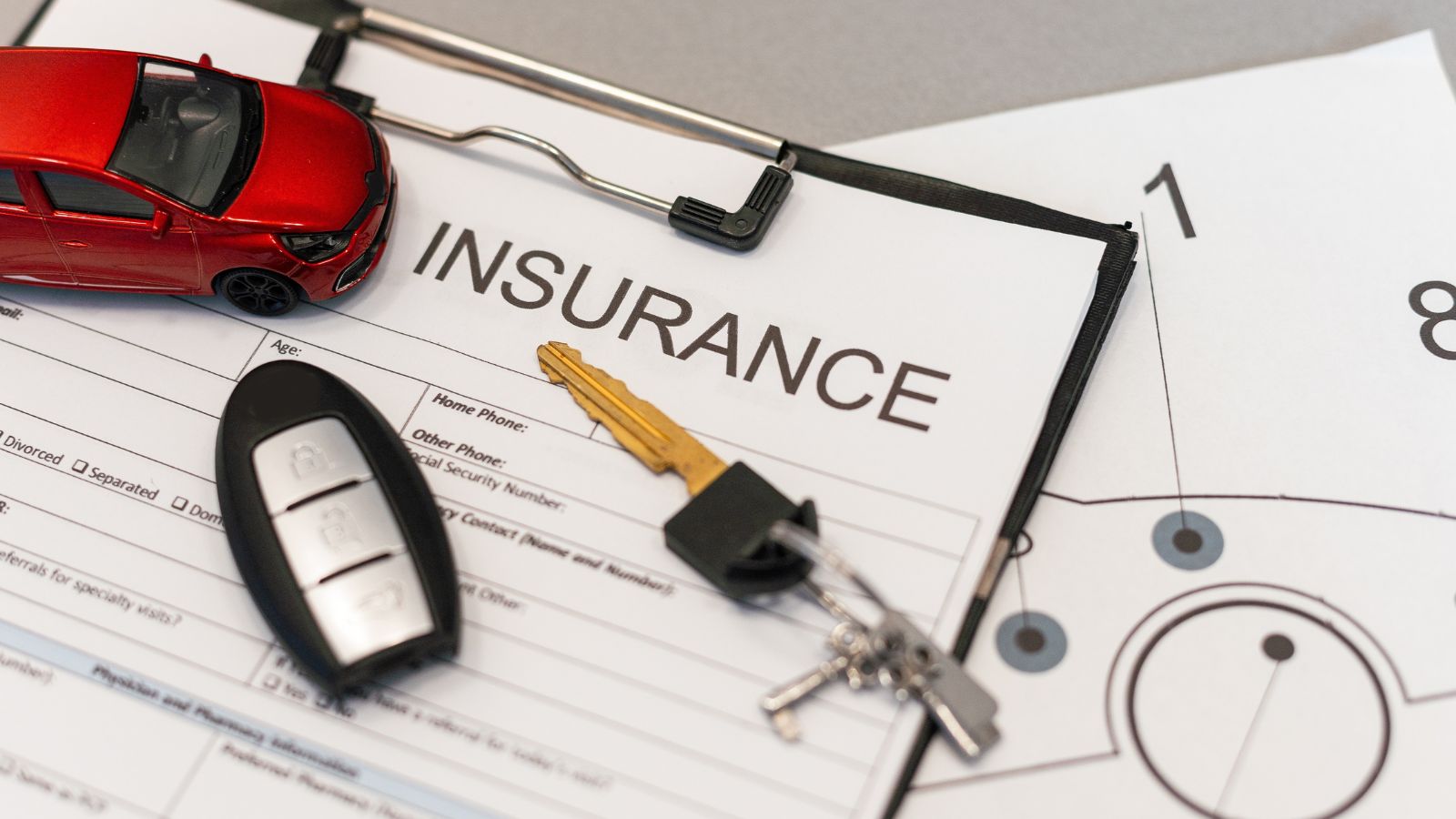
Taken together, these twelve vehicles highlight why insurers in Canada treat some cars with caution. High horsepower engines, expensive repair bills, frequent theft, and risky driver demographics all contribute to making these models a burden to insure. For drivers, these cars may represent dream machines or badges of pride, but for insurance companies, they are symbols of costly claims waiting to happen. That disconnect between what drivers value and what insurers fear explains why these models consistently land at the top of Canada’s high premium charts.
25 Facts About Car Loans That Most Drivers Don’t Realize

Car loans are one of the most common ways people fund car purchases. Like any other kind of loan, car loans can have certain features that can be regarded as an advantage or a disadvantage to the borrower. Understanding all essential facts about car loans and how they work to ensure that you get the best deal for your financial situation is essential. Here are 25 shocking facts about car loans that most drivers don’t realize:
25 Facts About Car Loans That Most Drivers Don’t Realize
